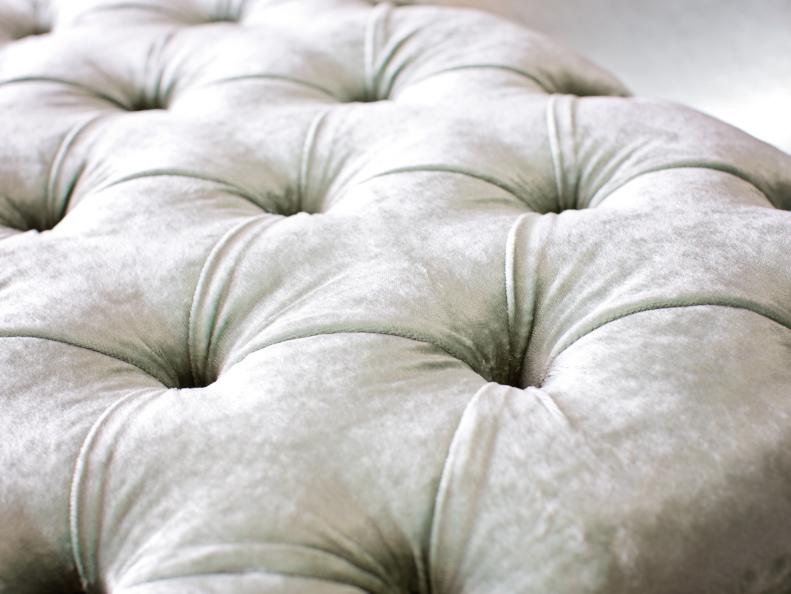1 / 17
Tools of the Trade
Upholstery projects require special tools specific to the trade. At first glance, these tools may appear generic; however, each has features pertinent to the upholstery process. The small hammer is made especially for upholstery tacks, complete with magnetized tips to hold the tacks in place until each is tapped securely into a frame. What appears to be a pair of everyday scissors is actually referred to as "upholstery shears," which are designed specifically for cutting thick fabric without quickly dulling the sharp edges. Upholstery mallets are made with special care so as not to damage textiles; one has felt on its head's edges while the other has a head completely covered with nylon.









